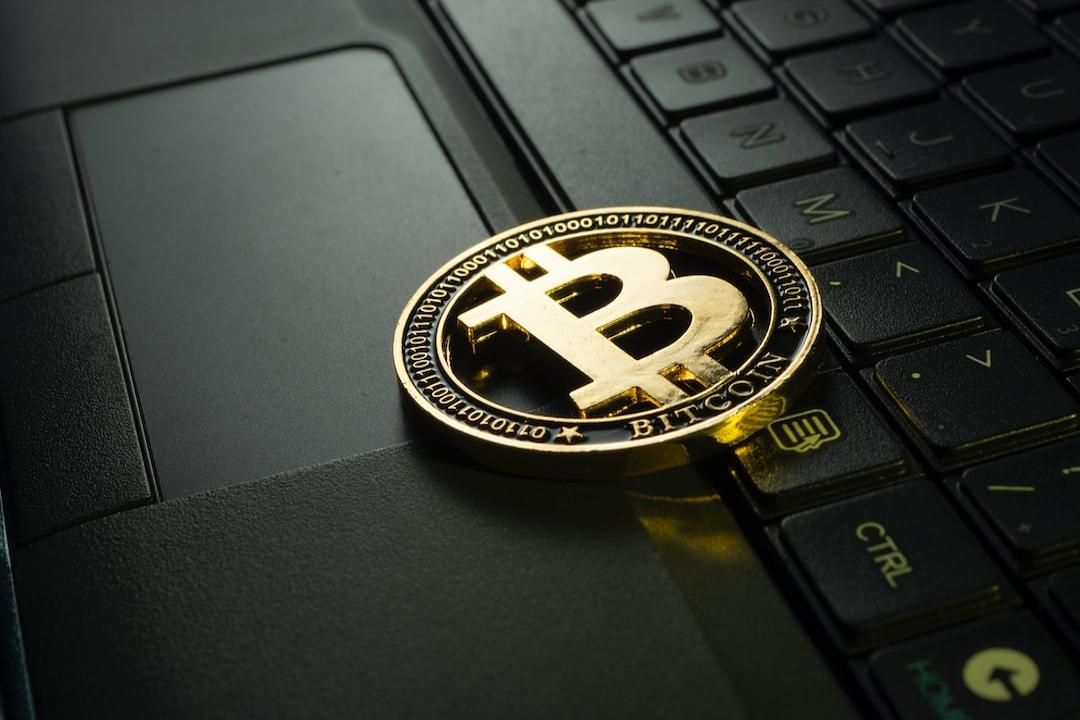Data shows that in the Binance new coin mining activity, if a short-term strategy is adopted, FDUSD has a higher yield and risk resistance, while BNB is more suitable for long-term holders rather than short-term arbitrage traders.
(Foreword:
New coin Saga listed on Binance mining! What is the potential of Layer1 virtual machine? BNB breaks 580 USD in a short period of time.
)
(Background supplement:
Binance Launchpool’s new listing》What is the Ethereum repledging protocol ether.fi, and why does Arthur Hayes see it as a good investment?
)
Table of Contents
FDUSD Data Analysis
BNB Data Comparison
Conclusion
In the recent Binance new coin mining, only BNB and FDUSD can be used to participate. What is the difference in yield between the two? Which is better for long-term or short-term holding strategies? Odaily Star Daily will analyze the data from the past 12 periods in this article to reveal the profits and losses under different strategies.
Note: Short-term strategy refers to buying FDUSD/BNB at the beginning of new coin mining and selling at the end, and the net profit and loss is the difference between mining revenue and the price difference before and after mining. Readers who only want to see the final conclusion can directly read the last section of this article.
FDUSD Data Analysis
The chart below shows the data related to FDUSD in the past twelve periods, including the price changes before and after the announcement of “Binance announces new coin mining,” the price changes at the beginning and end of “new coin mining activity,” and the corresponding yields and short-term strategy yields.

After the launch of Launchpool, FDUSD’s price increase was relatively consistent, with an average of 0.3%;
During the mining period, FDUSD’s price decline had greater differences, with an average of -0.4%. This also means that FDUSD’s discount rate is more stable, and the long-term price difference is not significant;
Similarly, the annualized return rate for each period also varies greatly, and the relative sizes between periods are basically consistent with the BNB mining pool;
By overlaying the absolute earnings from holding and mining, and then converting them into annualized returns, the corresponding average annualized return is 67%, and there are no negative values. This means that even temporary purchases have higher returns;
In addition, in the SAGA new coin mining period, FDUSD increased by over 1.1 billion USD, but the yield did not decrease. Whether it can be maintained still needs verification in multiple periods.
BNB Data Comparison
By replacing the statistics with BNB mining pool, all statistical measures remain the same. The specific data is shown in the table below.

New coin mining has a significant boost effect on BNB prices, with greater volatility;
Correspondingly, the price fluctuation of BNB before and after mining is also larger, and it is mostly negative. Only 4 out of the 12 periods are significantly positive. This means that if you buy BNB before mining and hold it until the end, you will likely experience a certain price decline;
The average mining return rate for BNB is 136%, which is generally lower than the FDUSD mining pool (average of 157%) before the increase in FDUSD;
BNB’s short-term mining strategy has high volatility, and the average annualized return is almost the same as FDUSD, at 66% and 67%, respectively. However, it is worth noting that it is mainly supported by the price increases of the two rounds, NFP and AEVO (the unit price of BNB has increased by more than 40 USDT each).
Conclusion
If I want to buy temporarily and exit after mining, is FDUSD or BNB better?
For users who only want to obtain new coin mining returns, the yields of the two are similar, but FDUSD is more stable, and for neutral strategy users, there is no need to hedge BNB, as the actual yield is higher.
Therefore, FDUSD is the preferred choice for short-term strategies.
For long-term holders, which is better between the two?
Based on the data of the past 12 periods, FDUSD’s annualized return rate is only 15.4% higher than BNB. This means that for users, if they believe that BNB can rise by another 15.4% based on the current level, then the advantage of BNB is more obvious.
However, the above conclusion is based solely on the perspective of holding coins. In reality, there are also operations such as mortgage FDUSD to borrow ETH and other assets, conduct on-chain mining activities during the idle period, and convert back during the mining period. Therefore, the choice still needs to be made based on the specific situation of the user.
How long is the idle period between mining periods?
From the start of ACE mining to the end of SAGA, it is a total of 118 days, and the mining period is 64 days, while the idle period is 54 days. Therefore, the average interval between each period is only 4.9 days.
So, after the end of mining, how much is the absolute return rate for buying BNB/FDUSD at the low point, selling after the announcement, and not participating in the mining strategy?
For BNB, the absolute return rate for the above operation is 2.44%, higher than the absolute return of mining, which is 1.8%. Based on the 4.9-day idle period calculation, the annualized return rate is 181.7%. However, the reuse of this strategy needs to consider the risk of BNB falling from its peak;
For FDUSD, the return rate for this operation is 0.3%, much lower than the mining return of 1.3%.

Related Reports
AEVO Airdrop Implies “Wash Trading” to Users but Punishes Them, Receives Community Backlash
Hot Analysis》Three Ways to Value the ether.fi Token ETHFI! Price Range Falls between $3.5 and $6
Analysis》RaaS Platform AltLayer and Collaborative Ecological Project Summary


